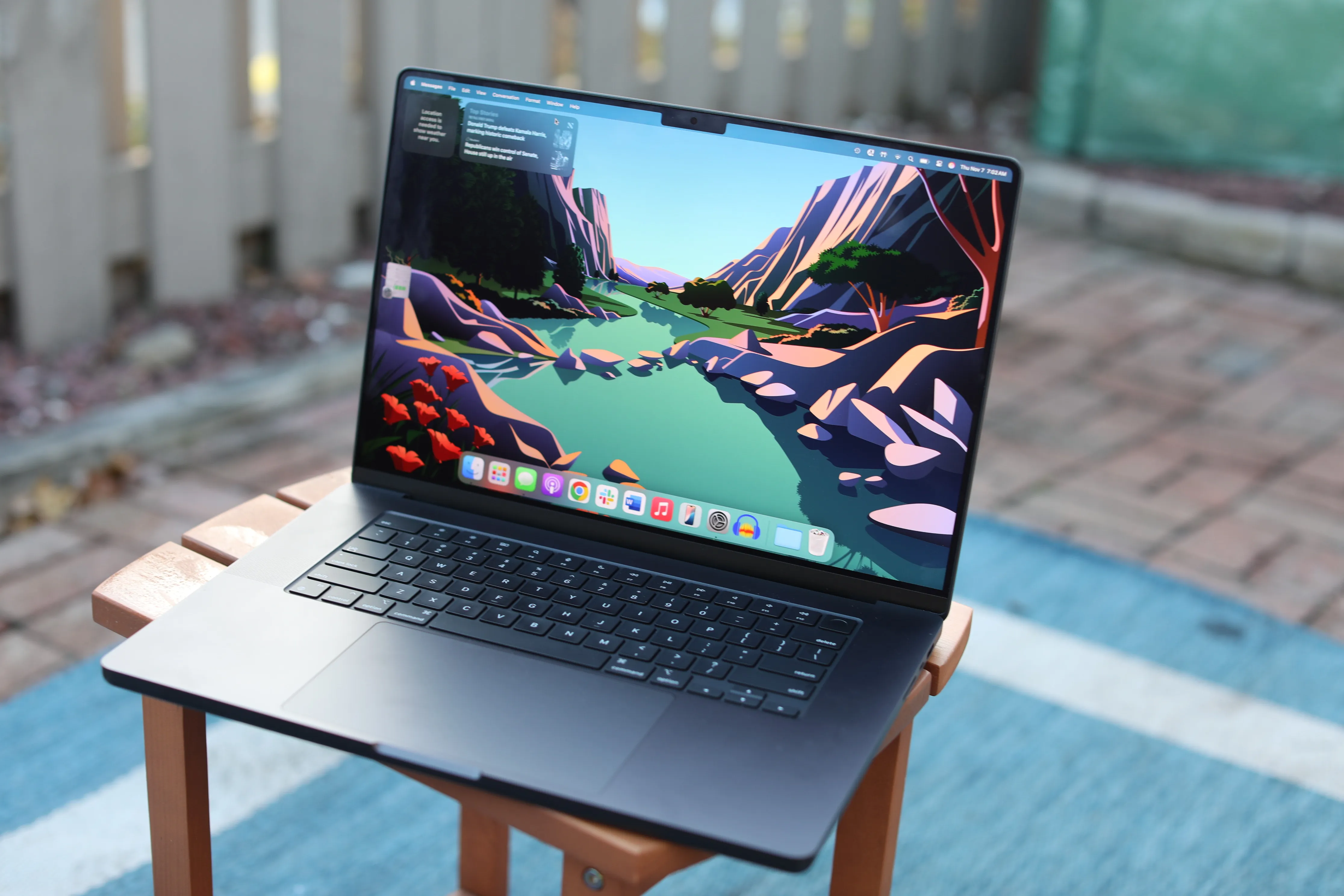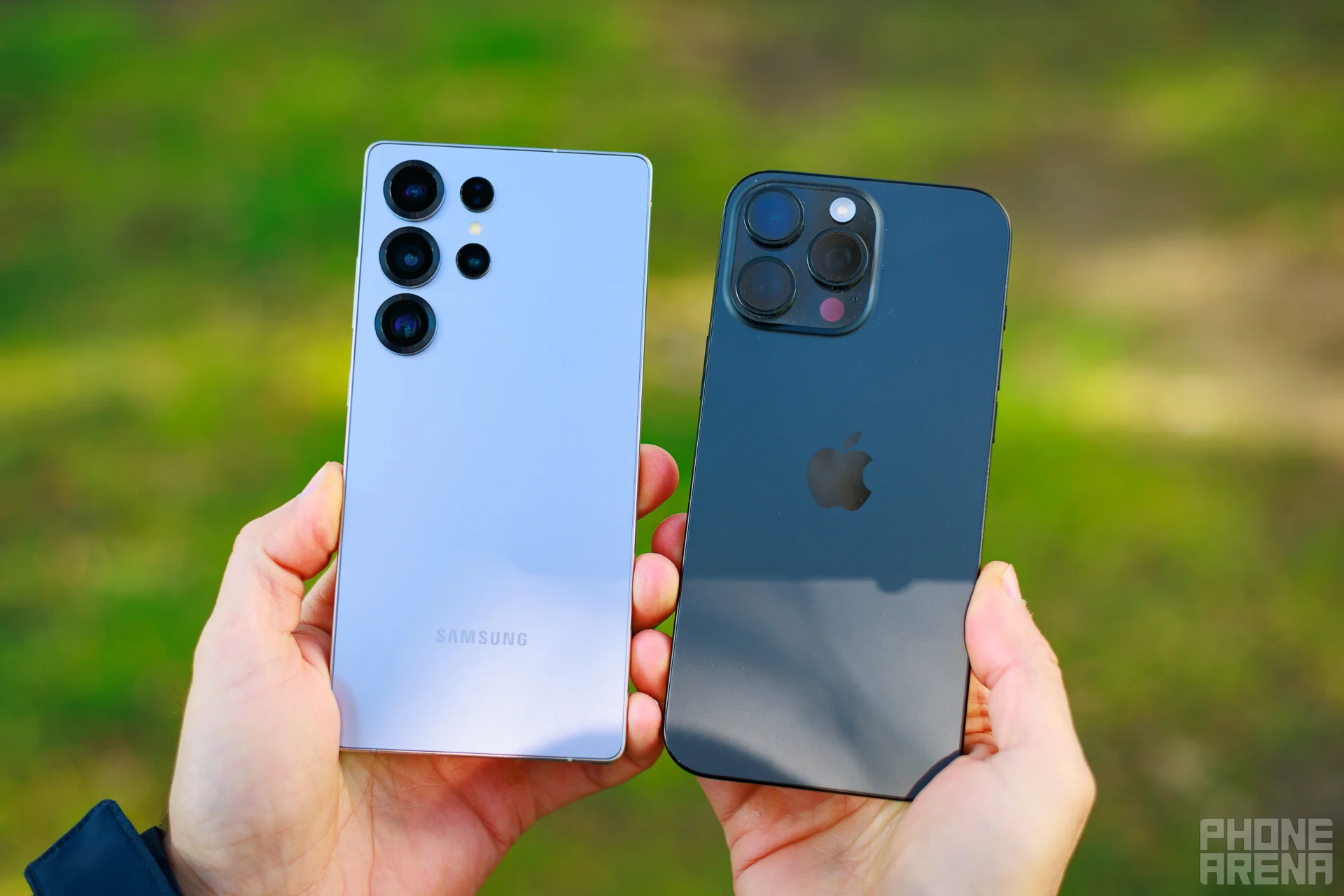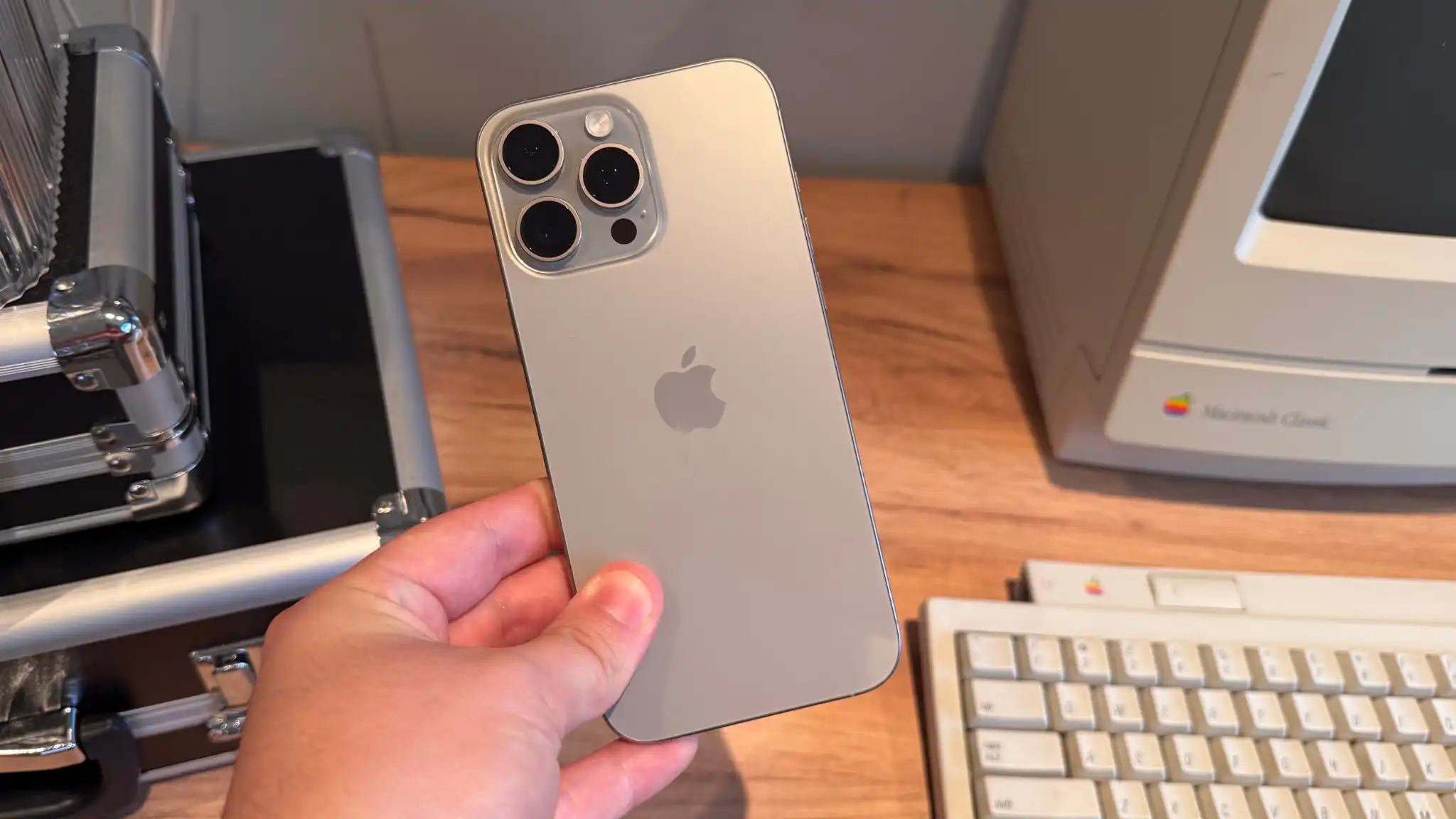Apple’s M4 family (M4, M4 Pro, M4 Max) brings another generation jump for MacBook Pro lineups — faster CPU cores, beefier GPUs with hardware ray tracing, a stronger Neural Engine for on-device AI, and notable I/O and display improvements. In this review I break down real-world performance, battery life, display and media upgrades, and whether the M4 MacBook Pro is worth your money.
Apple+1
What’s new with M4 (quick summary)
The M4 generation improves single-thread and multi-thread performance across the lineup, increases unified memory bandwidth for Pro/Max variants, and introduces hardware-accelerated ray tracing on GPU cores. Apple also enabled Thunderbolt 5 support on supported configurations and boosted the Neural Engine performance to better handle AI features in macOS. These platform-level changes make the M4 models noticeably stronger for creative workloads and AI-assisted tasks.
Apple
Design, display and ports
Externally the MacBook Pro remains familiar — the same refined chassis and Pro-oriented I/O. The headline display change is the wider adoption of improved panel tech (reports point to quantum-dot film layered with mini-LED backlighting on some M4 models), which delivers richer color gamut and faster pixel response for motion-heavy content. Thunderbolt 5 support raises the ceiling for external displays and high-speed peripherals. If you edit video or work with color-critical imagery, the display and port upgrades matter.
The Verge+1
Real-world performance — CPU & GPU
Benchmarks and early reviews show M4’s single-core performance sits comfortably ahead of M3 by a meaningful margin (single-core uplifts in the teens percentage-wise, with multi-core gains larger for Pro/Max variants). In apps that scale across many cores — large exports, renders, or complex code builds — the M4 Pro/Max configurations show strong wins. On the GPU side, faster cores and ray-tracing hardware make M4 particularly capable in rendering, motion graphics, and some real-time tasks. For creators who frequently render video, run 3D workloads, or do heavy image processing, the M4 is a substantive upgrade.
Ars Technica+1
Quick numbers (representative):
- Single-core uplift vs M3: ~14–21% in many tests.
Ars Technica - Multi-core and GPU gains vary by configuration — Pro/Max scale up with more GPU cores and wider memory bandwidth.
Apple
Neural Engine & AI
Apple leaned into on-device AI with the M4’s more powerful Neural Engine. This improves features in macOS labeled under Apple Intelligence and accelerates tasks like photo/voice/image on-device processing, ML-assisted editing, and other productivity workflows. The faster NPU also means certain AI workloads complete with less offloading to cloud services — a privacy and latency win.
Apple+1
Battery life & thermals
Apple continues to optimize power efficiency. Official Apple figures show up to ~22 hours of video playback on certain configurations and solid all-day wireless web usage numbers. In real workloads (editing, compilation, rendering) battery life drops as expected, but the efficiency of the M4 cores lets the MacBook Pro sustain high performance for longer compared to many x86 alternatives. Thermally, the Pro chassis manages the Pro and Max chips well; heavy sustained loads will still ramp fans but you’ll get consistent throughput without extreme thermal throttling in normal pro workflows.
Apple+1
Storage, memory and configurations
M4 Pro/Max models offer configurable unified memory (higher caps on Pro/Max) and faster memory bandwidth on higher-end SKUs — a major advantage for multi-app creative workflows and large datasets. Storage options remain fast NVMe SSDs with multiples of TB capacity for large media libraries. If you handle big projects or VMs, choose the highest memory/config you can afford — unified memory is very beneficial for GPU-heavy tasks.
Apple+1
Software & ecosystem
macOS and the Apple silicon ecosystem still provide the smoothest experience when apps are optimized for Apple Silicon. Native apps take full advantage of the M4 improvements; Rosetta 2 remains excellent for legacy apps but for the absolute best performance choose native ARM builds when available. Developer tools (Xcode, compilers) and creative suites have mature Apple Silicon support, making the M4 MacBook Pro a productive environment from day one.
Apple
Pros and cons
Pros
- Strong single-core and multi-core gains over prior gen.
Ars Technica - Significantly better GPU performance and hardware ray tracing for creative workloads.
Apple - Improved Neural Engine for on-device AI tasks.
Apple - Thunderbolt 5 and upgraded display tech (quantum-dot/mini-LED variants).
Apple+1
Cons
- Premium price for higher-end Pro/Max configurations.
- Non-upgradable RAM/storage — buy what you need upfront.
- Some niche Windows-native workflows may still favor x86 machines (though virtualization options are improving).
Who should buy it?
Buy an M4 MacBook Pro if you’re a creative professional, video editor, 3D artist, app developer, or power user who benefits from high single-thread performance, strong GPU compute, and on-device AI. If you own an M3 Pro/Max and your workflow is already handled well, the upgrade may be marginal — but for older machines (M1, Intel), M4 is a sizable leap.
Ars Technica+1
Verdict
The M4 MacBook Pro continues Apple’s momentum: real-world performance gains, meaningful GPU/AI improvements, and hardware updates (Thunderbolt 5, better displays) that matter for creators. If you need a portable pro machine that balances power and efficiency, M4 is a top choice in 2025 — just be mindful of configuration pricing and choose memory/storage wisely.








No comments yet. Be the first to comment!